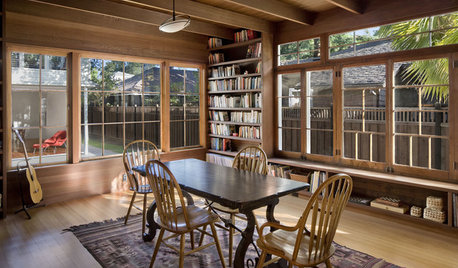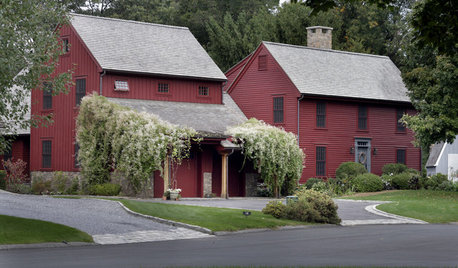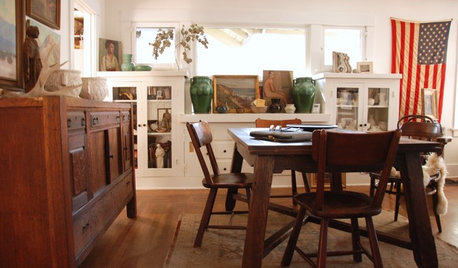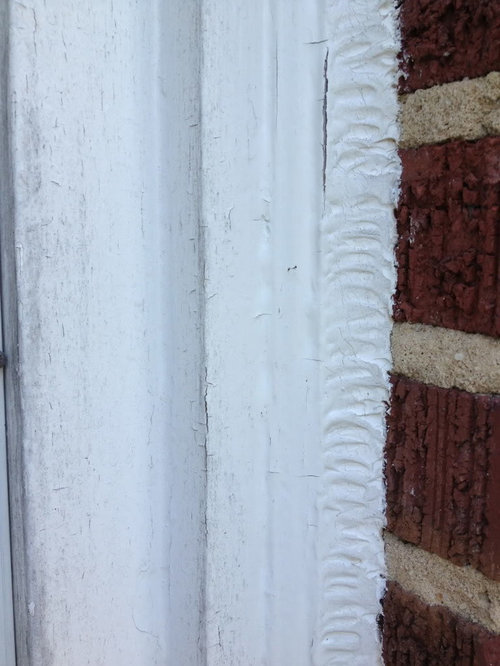Repainting / Restoring Old windows Questions with Pictures
Jack Kennedy
11 years ago
Related Stories

REMODELING GUIDESReplace vs. Restore: The Great Window Debate
Deciding what to do with windows in disrepair isn't easy. This insight on the pros and cons of window replacement or restoration can help
Full Story
REMODELING GUIDESSurvive Your Home Remodel: 11 Must-Ask Questions
Plan ahead to keep minor hassles from turning into major headaches during an extensive renovation
Full Story
GREAT HOME PROJECTSReady to Repaint Your Home’s Exterior? Get Project Details Here
Boost curb appeal and prevent underlying damage by patching and repainting your home’s outer layer
Full Story
ARCHITECTUREBack to the Futuro: Tour a Lovingly Restored ‘Spaceship’ Home
Travel back to the ’60s Space Age with a rare glimpse inside an original House of the Future
Full Story
CRAFTSMAN DESIGNMy Houzz: Small-Space Living in a Restored Bungalow
See how this homeowner celebrates his personal style, his flea market finds and the heritage of his 1919 Long Beach home
Full Story
EXTERIORSCurb Appeal Feeling a Little Off? Some Questions to Consider
Color, scale, proportion, trim ... 14 things to think about if your exterior is bugging you
Full Story
REMODELING GUIDESConsidering a Fixer-Upper? 15 Questions to Ask First
Learn about the hidden costs and treasures of older homes to avoid budget surprises and accidentally tossing valuable features
Full Story
DOORS5 Questions to Ask Before Installing a Barn Door
Find out whether that barn door you love is the right solution for your space
Full Story
FEEL-GOOD HOMEThe Question That Can Make You Love Your Home More
Change your relationship with your house for the better by focusing on the answer to something designers often ask
Full Story
KITCHEN DESIGN9 Questions to Ask When Planning a Kitchen Pantry
Avoid blunders and get the storage space and layout you need by asking these questions before you begin
Full Story















sombreuil_mongrel
brickeyee
Related Professionals
Fresno Kitchen & Bathroom Designers · St. Louis Kitchen & Bathroom Designers · Olympia Heights Kitchen & Bathroom Designers · Bensenville Kitchen & Bathroom Designers · Minnetonka Mills Kitchen & Bathroom Remodelers · Apex Kitchen & Bathroom Remodelers · Cleveland Kitchen & Bathroom Remodelers · Jefferson Hills Kitchen & Bathroom Remodelers · Spokane Kitchen & Bathroom Remodelers · Superior Kitchen & Bathroom Remodelers · Middlesex Kitchen & Bathroom Remodelers · Fayetteville Architects & Building Designers · Hockessin Architects & Building Designers · Palmer Architects & Building Designers · Troutdale Architects & Building Designersenergy_rater_la
brickeyee
sombreuil_mongrel
Jack KennedyOriginal Author
brickeyee